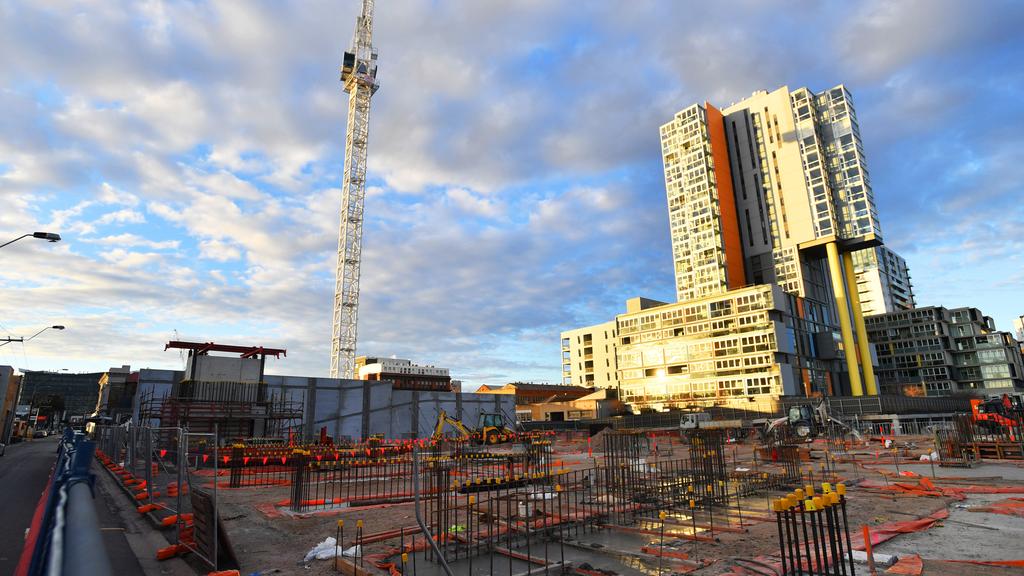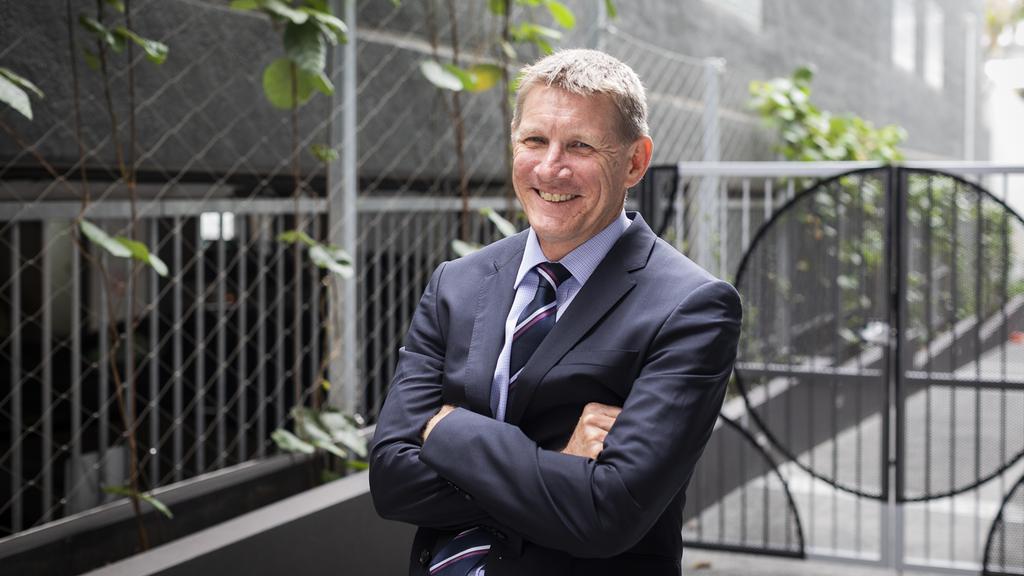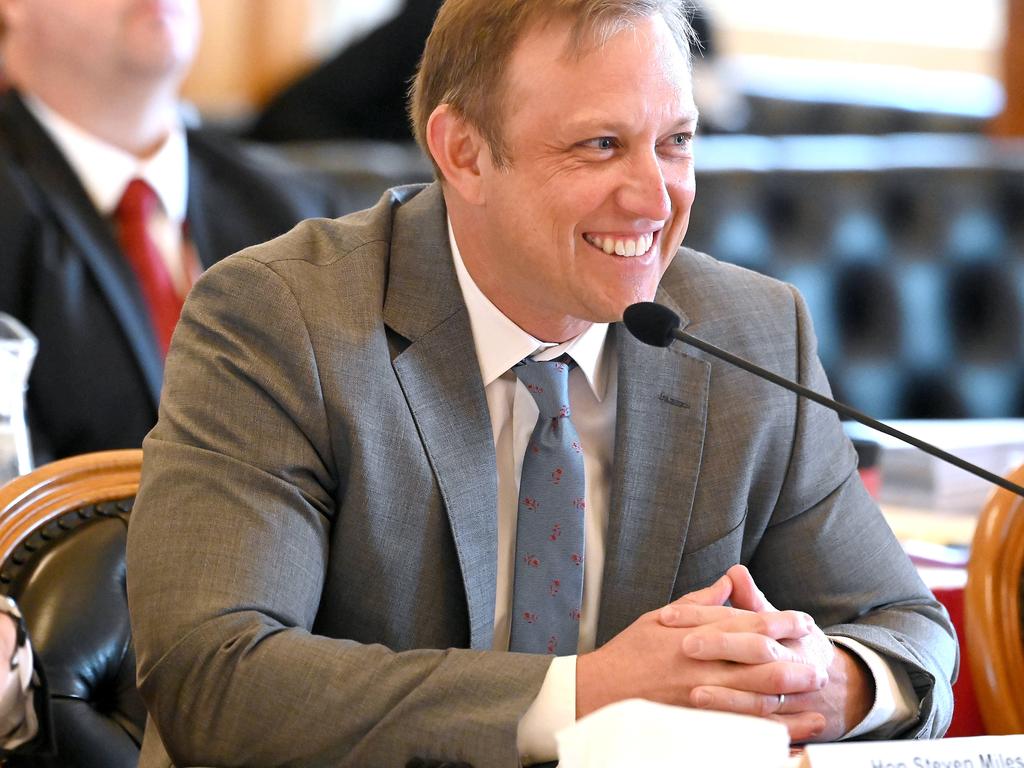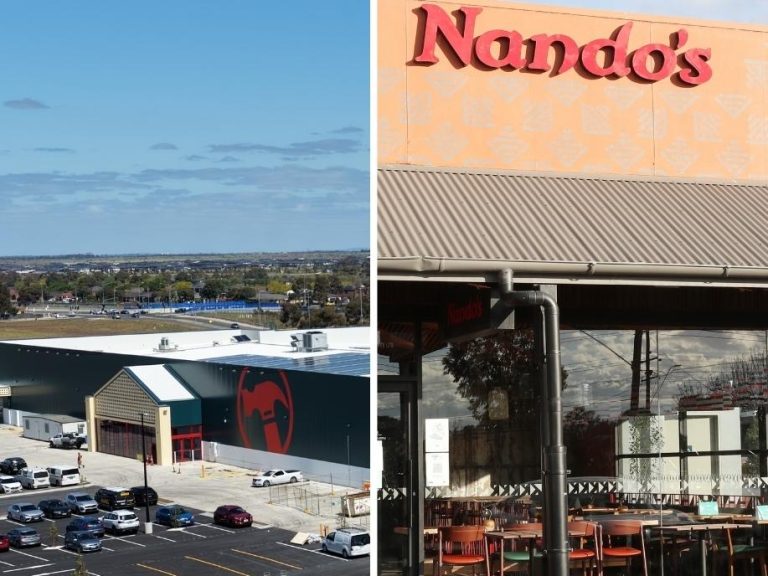Palaszczuk government’s draft South East Queensland Regional Plan falls short of housing needs, warns Housing Industry Association

In-fill housing will be a focus to avoid urban sprawl. Picture: Morgan Sette/AAP Image
Plans to deliver almost 900,000 new homes by 2040 to the southeast corner of Queensland is an ambitious target given the dearth of residential construction in the region, according to the Housing Industry Association.
The Queensland government released its South East Queensland Regional Plan draft last week, revealing its objective of building 34,500 homes each year until 2046 to cater for the projected 2.2 million people expected to call the region home.
While local councils will be required to adjust planning schemes to help deliver a mix of housing types to meet community demands, Housing Industry Association Queensland executive director Michael Roberts believes the ambitious targets may be out of reach and insufficient to service a higher population.
“In order to address the shortage of housing stock, there needs to be a substantial increase in the supply of new homes over and above what is already being delivered,” Mr Roberts said. “Building homes at the same rate as we have in the past will sadly continue to exacerbate the acute shortage of homes for decades ahead.”

HIA executive director Michael Roberts. Picture: Supplied
In 2020/21 the government’s figures report 34,500 new homes were approved in South East Queensland, which Mr Roberts said was “clearly” insufficient “to meet demand at a time when there was zero migration”.
By 2046, the draft plan aims to deliver 209,000 new homes in Brisbane, an additional 158,100 properties on the Gold Coast, and 123,000 more homes in the Moreton Bay council region. One in five homes will also have to be affordable housing. It comes as projections show the region’s population growing to six million.
Revealing the draft plan last week, Queensland deputy premier Steven Miles said a greater mix of housing was needed to cater for changing demands, including more townhouses and terraces, commonly referred to as the “missing middle”.
“To meet the needs of our growing Queensland and ensure we maintain our great lifestyle, we need more housing supply and a better mix of housing options,” Mr Miles said.

Queensland deputy premier Steven Miles. Picture: John Gass/NCA Newswire
Twelve councils will need to change their planning schemes, with a focus on reducing urban sprawl by delivering homes near public transport and well-serviced areas in in-fill locations.
Mr Roberts said housing developments need to have lowered “dwelling per hectare”, and car park requirements and taller limits for apartments.
“The only way to solve the housing crisis is to significantly increase the capacity within planning regimes and ensure an adequate supply of land for green and brownfield development,” he said. “The capacity of the industry to deliver this volume of homes will adjust if there is stable and reliable population and economic growth.”
The Queensland government has committed to $88.7bn in infrastructure spend over the next four years across the state in the lead up to the 2032 Olympic Games in Brisbane.






